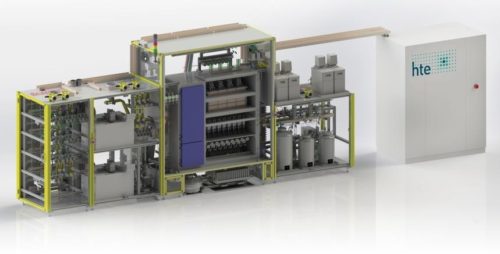Tape and optical data media on growth track
While hard disk capacities doubled every 18 months for a long time, following Moore’s Law, they are now slowly reaching technological limits that are slowing down the rate of growth. Although this can be compensated for by sheer mass in highly complex storage systems, ever more hard disks also always mean significantly higher energy consumption and CO² emissions for operating and cooling the constantly rotating storage towers. Tape currently offers 18 terabytes of uncompressed storage capacity in a storage cartridge with the LTO9 standard, which can be compressed up to 45 terabytes. Fujifim recently announced a new world record in which they can achieve a storage density of 317 Gbpsi (gigabytes per square inch) while maintaining the same cartridge size to achieve a storage capacity of 580 terabytes.
While LTO tapes can only be read over 2 generations, optical media look back on an incomparable compatibility, as even today a 30 year old CD can be read in any commercially available Blu-ray drive. With an estimated 50-100 years of shelf life, archive media also outperform all other data carriers by a long way, because these usually have to be migrated to a new data carrier every 5 years at the latest.
Optical storage systems generally use standardized Blu-ray media in cartridges or in magazines. In terms of capacity, the current roadmap for Blu-rays currently provides for 500 GB per disc and side, which corresponds to one TB per medium and over 10 TB in a cartridge for double-sided media. In addition, there are also studies already underway in Asia and Australia that are working on 100 terabyte discs, which will then also catch up to tape cartridges in terms of capacity.
While modifiable data and backups are better off on tape, pure archive data belongs on optical media, because only these offer secure manipulation and inventory protection thanks to their write-once capability (trueWORM) and long shelf life. At the same time, high ongoing migration costs are reduced or avoided altogether and enormous energy-saving potential is exploited. It is therefore well worth considering which usage is to be taken into account with which data storage requirements.
In addition to storage, backup and archive hardware, INCOM also offers storage management software that moves data fully automatically to the most appropriate storage medium according to predefined rules.
INCOM Storage GmbH
Bachstraße 32
53115 Bonn
Telefon: +49 (228) 97977-0
Telefax: +49 (228) 257077
https://www.incom.de
![]()



